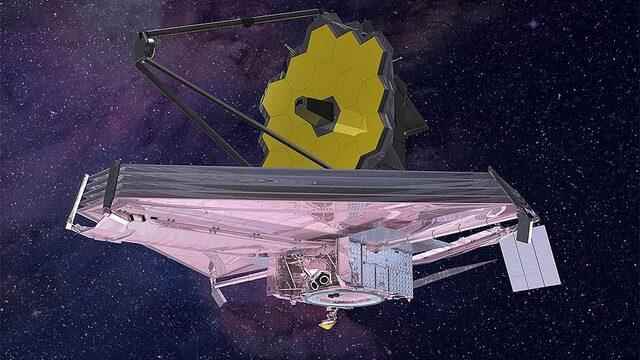Recorded with the James Webb Space Telescope, the dust storm is located on an exoplanet known as VHS 1256b, outside the Solar System, about 40 light-years from Earth, according to NASA.
It is stated that the storm detected by the space telescope is a fog cluster consisting mostly of rock particles, unlike the examples made of silicates encountered in an arid region on Earth.
Examining the information obtained from James Webb, the expert team from the University of Arizona noted that in the findings, water, methane gas and carbon monoxide were observed with “extraordinary clarity”, and there was also evidence pointing to the presence of carbon dioxide.
“NO TELESCOPE CAN REACH SO MUCH INFORMATION FOR A SINGLE TARGET AT THE SAME TIME”
Andrew Skemer of the University of California, Santa Cruz, said: “No telescope has ever been able to access so much information for a single target at once. We see so many molecules in a single image from the Webb Telescope, which details the exoplanet’s dynamic cloud and weather systems.” made its assessment.
Highlighting that there is much more to be learned about observation in the coming months, Beth Biller of the University of Edinburgh in Scotland said: “We have the seemingly endless potential to make additional discoveries with just a few hours of observation.” He drew attention to the importance of observation. (AA)
